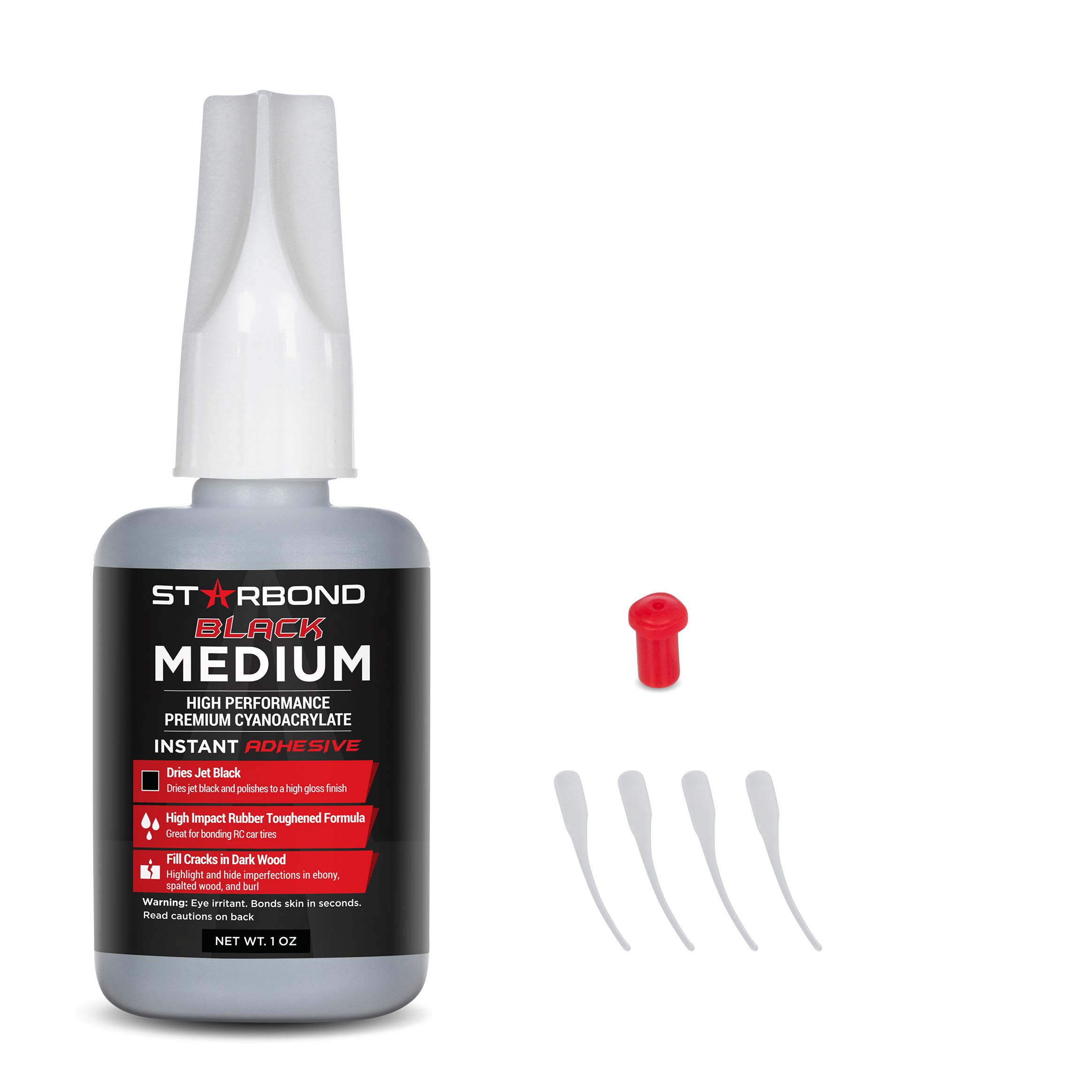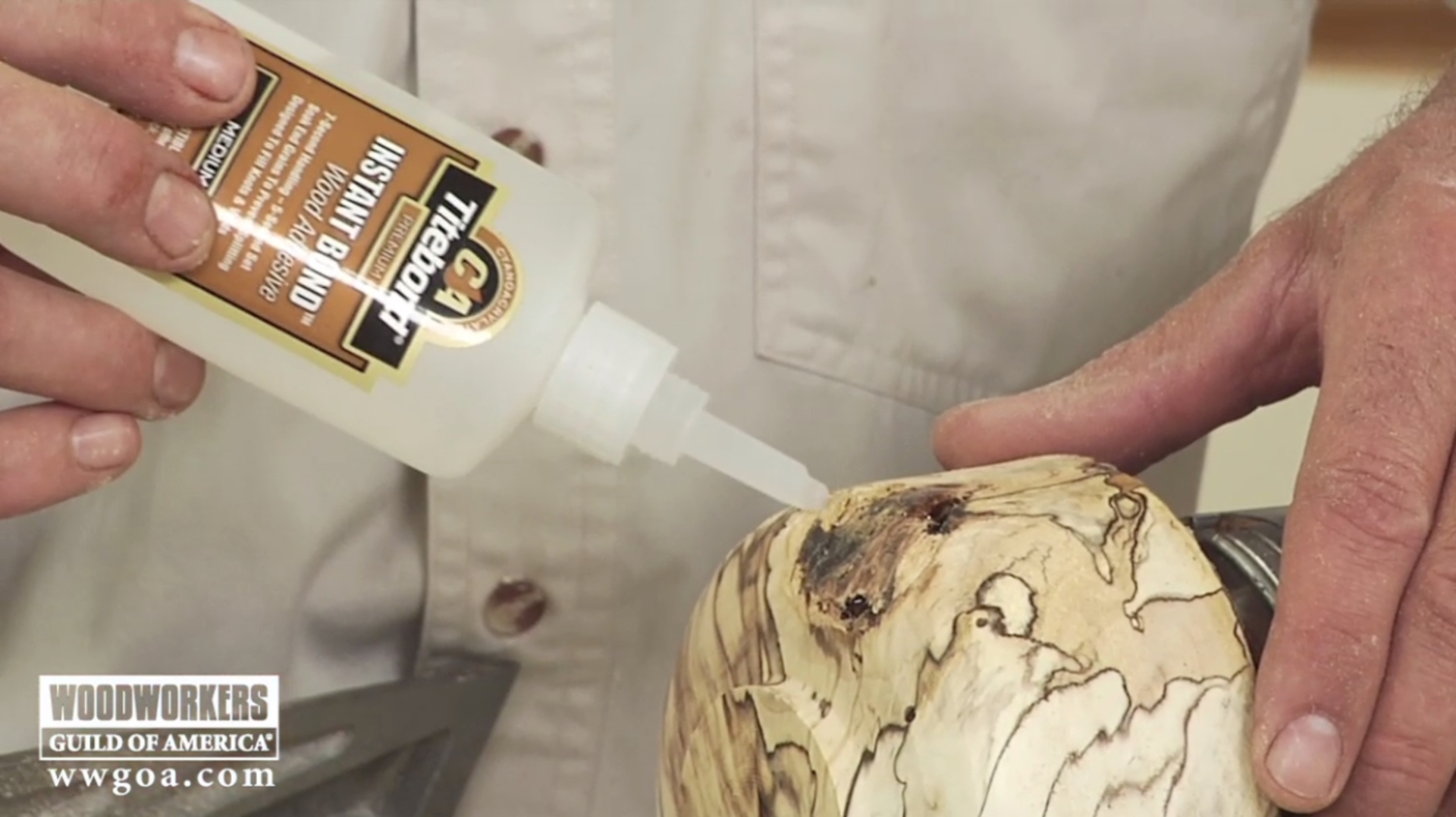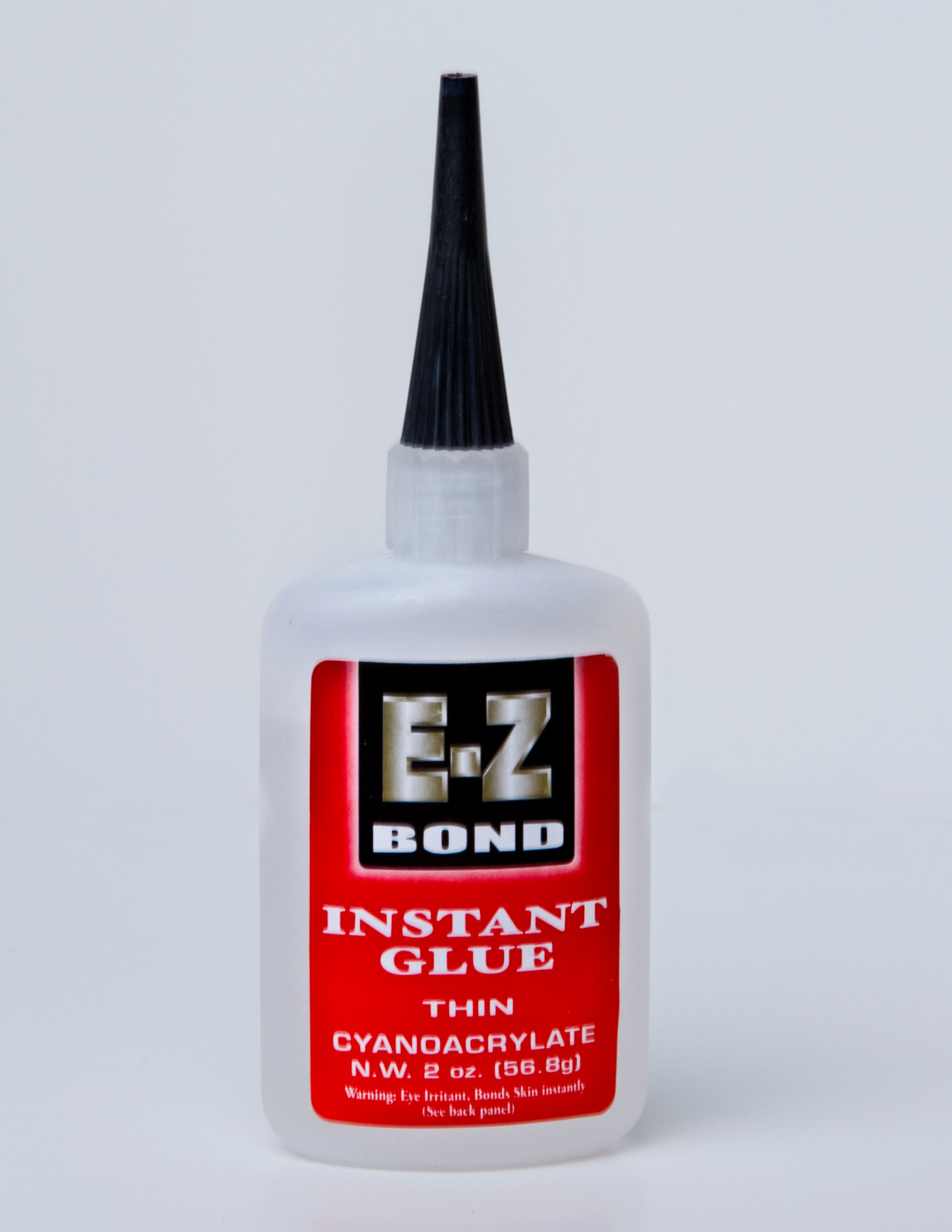Welcome to the world of woodworking adhesives, where the strength and longevity of your projects are often at the mercy of the glue you choose. In the realm of woodworking, CA wood glue has emerged as a revolutionary player. Craftsmen and DIY enthusiasts alike are turning to this adhesive for its remarkable properties. But what is CA wood glue, and how does it distinguish itself from traditional wood adhesives? Let’s delve in and uncover the secrets of this powerful binder.
Understanding Cyanoacrylate (CA) Wood Glue
The Chemistry of CA Glue
At its core, cyanoacrylate wood glue is a type of acrylic resin that rapidly polymerizes in the presence of moisture, creating a strong bond almost instantly. This reaction is not only fascinating from a chemical standpoint but also highly practical for quick fixes and fast-paced woodworking activities.
Benefits of Using Cyanoacrylate Wood Glue
- Quick bonding time
- Strong adhesive properties
- Minimal clamping required
- Versatility in application
Comparing CA Glue vs Wood Glue
Adhesion Properties
The adhesion properties of CA glue vs wood glue vary greatly. Cyanoacrylate forms an almost immediate bond, which can be an advantage or disadvantage depending on the project. Traditional wood glues provide a longer working time.
Setting Time: Fastest Setting Wood Glue
When it comes to setting time, CA glue is often referred to as the fastest setting wood glue available. It can bond surfaces within seconds, a feature that is invaluable when time is of the essence.
Durability: Is CA Glue Waterproof?
One of the most common inquiries about CA glue is whether it is waterproof. While it has excellent water-resistant properties, for extreme conditions, look for specialized formulations designed to withstand prolonged water exposure.
Choosing the Best CA Glue for Woodworking
Best CA Glue for Wood Based on Project Types
When selecting the best CA glue for wood, consider the nature of your project. For intricate joinery, a thinner viscosity might be preferred, whereas for gap filling, a thicker variant could be the right choice.
Best CA Glue for Wood Finishing
For those looking for the best CA glue for wood finishing, seek out products that are specifically formulated to dry clear and resist yellowing over time, ensuring a pristine finish.
Applying CA Wood Glue: Techniques and Tips
Surface Preparation
Effective bonding starts with proper surface preparation. Ensure that the wood surfaces are clean, dry, and free of any dust or oils before application.
Application Process
The application process for CA wood glue should be precise and controlled. Apply a small amount to one surface and press the pieces together firmly for a few seconds to achieve a strong bond.
Types of CA Wood Glue
Thin CA Glue
Thin CA glue is perfect for tight-fitting joints and wicking into hairline cracks, making it a suitable choice for delicate woodworking tasks.
Medium CA Glue
Medium CA glue strikes a balance between viscosity and bonding time, suitable for a wide range of woodworking applications.
Thick CA Glue
Thick CA glue is ideal for filling larger gaps and provides more positioning time before the bond sets.
Gel CA Glue
Gel CA glue is the thickest option available and is excellent for vertical applications where runny adhesives would pose a problem.
Strength and Resistance: Finding the Strongest Waterproof Glue
For those in search of the strongest waterproof glue, cyanoacrylate options that are reinforced with additives for enhanced resistance to water and impact are the go-to choice.
CA Wood Glue in Action: Real-world Applications
Woodworking Projects
CA wood glue is widely used in woodworking projects, from crafting custom furniture to creating intricate models. Its rapid bonding ability makes it a favorite among professionals.
Repairing Wooden Items
For repairing wooden items, CA glue is invaluable. Its ability to bond quickly and strongly can restore the integrity of damaged wood in no time.
Safety and Cleanup
Handling Precautions
While using CA glue, it’s important to take precautions such as wearing gloves and working in a well-ventilated area to avoid skin contact and inhalation of fumes.
Removing CA Glue Residues
Removing CA glue residues can be challenging, but using a solvent like acetone or a specialized debonder can break down the adhesive for easier cleanup.
Storage and Shelf Life of CA Wood Glue
Proper storage is key to maintaining the shelf life of CA wood glue. Keep it in a cool, dry place away from sunlight and ensure the cap is tightly sealed to prevent premature curing.
Frequently Asked Questions
How does CA glue differ from other adhesives?
CA glue differs from other adhesives in its fast-setting nature and the ability to bond a wide range of materials with minimal clamping.
Can CA glue be used for outdoor projects?
While CA glue can be used for outdoor projects, it’s important to choose a formula that is specifically designed to withstand the elements for long-term durability.
When you’re working on wood projects, the right adhesive can make all the difference. If you’re curious about the various types of wood glues available, you may want to start by learning about CA glue. Our article on what is CA wood glue delves into the specifics of cyanoacrylate adhesives, their uses, and benefits for woodworking.
But CA glue isn’t the only option for woodworkers. For a broad overview of adhesives used in woodworking, our guide on what is wood glue can be quite informative. And if you’re particularly interested in polyvinyl acetate, a popular type of adhesive, don’t miss our focused article on what is PVA wood glue, which explores its applications and advantages in detail.
Conclusion: The Future of Wood Gluing with CA
In conclusion, CA wood glue is transforming the landscape of woodworking adhesives. With its rapid bonding time, versatility, and strong adhesion properties, it is poised to remain a staple in workshops and hobbyist collections for years to come. Whether you are a seasoned woodworker or a casual DIY enthusiast, embracing the capabilities of CA glue can elevate the quality of your projects to new heights.




